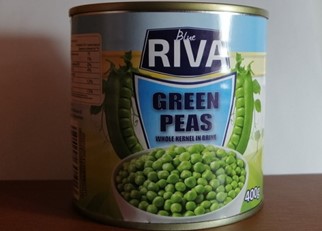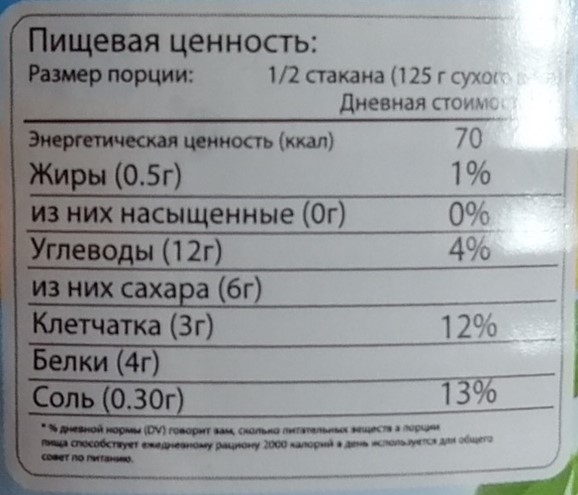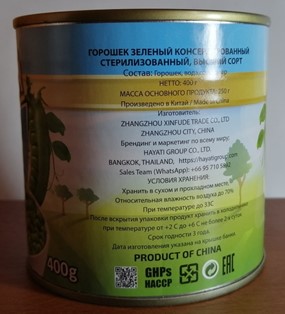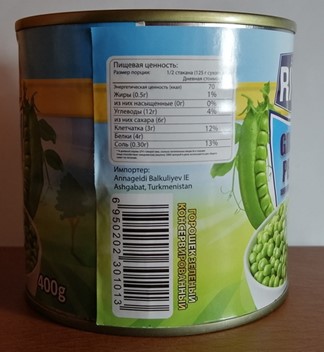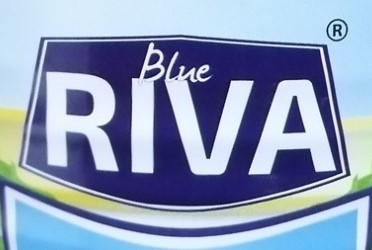nCa Report
Brand loyalty is a flexible concept. — At some level, it is not perhaps even loyalty; it is possibly a force of habit.
Nevertheless, there are two main reasons why we go for a particular brand: 1. It is actually good; and/or 2. Our favourite celebrity or influencer recommends it.
Let us try to see if the brand loyalty is still a thing, how does it take shape?
Recently we picked a can of green peas from the supermarket shelf. Of the six or seven brands on display, this one caught our eye because of its packaging.
It was not loud. It did not proclaim that the tin contains ‘premium’ green peas or ‘finest’ green peas. It announced rather modestly: Green Peas – Whole Kernel in Brine.
By not making a tall promise, it kept the expectations of the consumer at a realistic level.
Actually, we were working on a short report on the Camel Chal, a popular summer drink in Turkmenistan. For this, we bought several brands of the camel chal from the market. In the three or four supermarkets we frequent, there is a distance of four or five isles between the sections for dairy products and the tinned and bottled food items.
Keeping up with the grocery list, we walk from the tinned products section to the dairy products and onward to the fresh produce.
The tinned green peas were not on the shopping list. However, having a tin of green peas in the kitchen is like having the peace of mind. It is a versatile little thing, lending to the preparation of several quick dishes. Green peas have cordial relations with almost everything, from chicken and beef to potato or spinach, rice, and of course, eggs.
At home, we looked carefully at this tin of green peas.
The label gives the composition of half a glass (125 g) of this product. It is standard. Every product gives the breakdown of what is in the tin. This one slightly stands out because it gives the measurement as ‘half a glass.’ This is easy to understand when working out the proportion for a dish. As everyone knows, a standard glass is 250 g.
The additional information explains that it is a product of China. This is mentioned in bold letters. To make doubly sure, high up in this information panel, it is mentioned again that it is Made in China. The name of the Chinese company that produced and packaged it is also given.
Below that, it is inscribed that the global branding and marketing is done by the Hayati Group of Thailand.
Hayati Group markets several other food products under the label of Blue Riva.
This is transparency of information but the sharing of information does not stop there.
It is mentioned on the packaging that the individual entrepreneur Annageldi Balkuliyev is the importer of this product in Turkmenistan. — This raises the confidence level.
This tin of green peas was available at nearly half the price of the competing brands. This is a powerful factor for the transfer of the item from the market shelf to your shopping cart.
These are the roots of the brand loyalty. — The candid information, the avoidance of tall claims, and sensible pricing.
If the consumer has purchased a particular brand a few times and the experience has been satisfactory every time, this creates a bond that may be called the brand loyalty.
After that, the logo itself should inspire confidence.
The next time if we see this label, we would be favourably inclined to trust this brand. /// nCa, 21 August 2024
